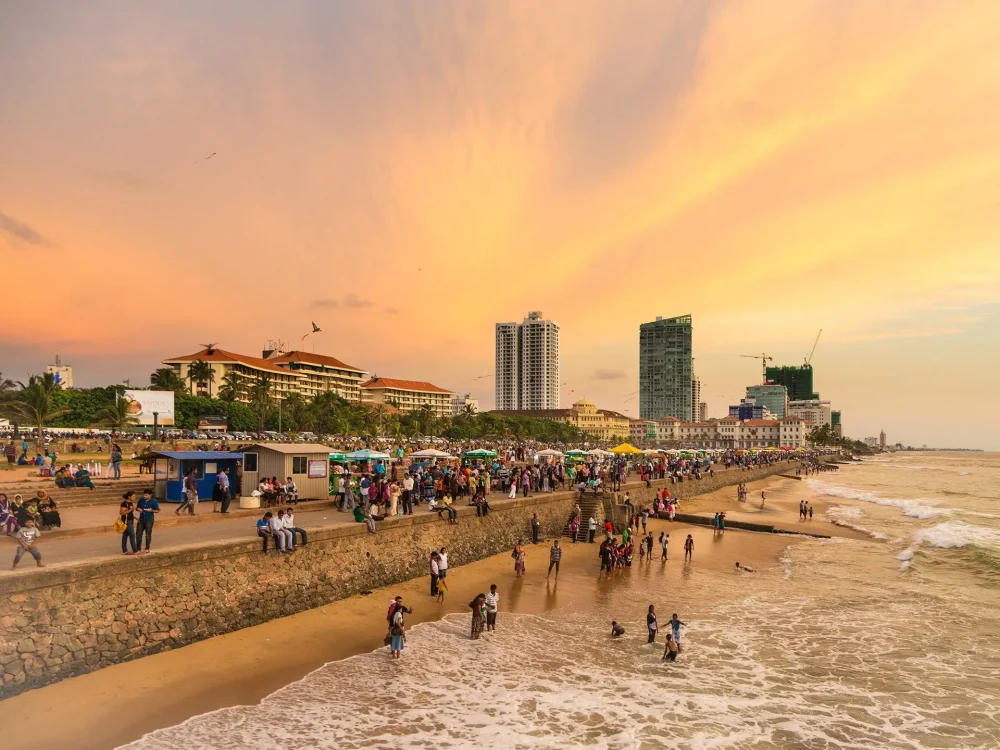When embarking on a journey, it is important to understand in advance what can be taken in carry-on luggage on a plane to avoid unnecessary expenses, nerves, and delays during security screening. This article provides a clear and comprehensive breakdown of the rules: from permissible sizes and weights to the list of allowed items and pitfalls that are usually not mentioned when purchasing a ticket.
Airlines dictate: size, weight, and meaning of carry-on baggage
The size of carry-on luggage is determined by the rules of each airline. Standard dimensions are 55×40×20 cm, but Lufthansa, Emirates, Wizz Air, and Ryanair easily reduce the volume to 40×30×20 cm. A passenger with a suitcase outside the norms risks ending up at the excess baggage payment counter.

The weight also varies. Air France allows up to 12 kg, while “Pobeda” strictly limits it to 10 kg. For low-cost carriers, the figure can drop to 7 kg. During screening, all the load becomes a reality — every kilogram is checked.
The airline specifies not only the dimensions but also the number of items. Some allow carry-on luggage plus a bag or backpack. Others insist on a single item.
Restrictions on carry-on baggage: everything is determined by the fare
The airline tightly links carry-on baggage to the fare. The cheapest fares allow minimal baggage — often just a backpack. The more expensive the ticket, the broader the rights.
For example, with S7, “Economy Basic” includes only a personal item up to 5 kg. The “Flexible” fare already allows 10 kg + a bag. With Lufthansa, the difference is even more significant — premium class receives additional baggage, separate priority during boarding and screening.
What can be taken in carry-on luggage on a plane directly depends on the chosen fare. It is not worth relying on old habits — each flight dictates its own conditions.
Excess baggage: the cost of a mistake
Exceeding the limit most often leads to baggage fees. The average amount in Russia ranges from $22 to $77. In Europe, it is from $22 to $66. In case of refusal to transport excess baggage, disposal on the spot is possible.
Life hack: what can be taken in carry-on luggage on a plane often depends on the method of packing. A compact vacuum bag can reduce the volume of items by 30%. Smart distribution is the path to savings.
Prohibited items in carry-on baggage: safety comes first
The flight begins with screening. Security services check every item. There is an official list of items that are not allowed in the aircraft cabin. Violations result in boarding denial.
Prohibited items include:
- Sharp and cutting items (scissors with blades longer than 6 cm, pocket knives, razors).
- Tools, regardless of purpose (screwdrivers, pliers, wrenches).
- Explosive substances and pyrotechnics.
- Pressurized gases, aerosols.
- Liquids exceeding 100 ml in one container.
Even a harmless thermos is suspicious — screening will detect violations instantly. The check is strict and without exceptions — every detail matters.
Liquids, medications, electronics: rules for three categories
Liquids in carry-on baggage are allowed in containers up to 100 ml. All bottles must be in a transparent plastic bag up to 1 liter. Cosmetics, shampoo, water, perfume — only within the restrictions. During screening, the bag must be shown separately.
Medications are allowed but strictly checked. Liquid medications must be accompanied by a prescription or a statement; otherwise, they are prohibited. Drops, syrups, insulin, and the like — only with evidence of medical necessity.
Electronics undergo separate screening. Laptops, tablets, chargers, batteries are taken out of the bag. Power banks are allowed with a capacity of up to 100 Wh. Lithium-ion batteries cannot be transported in checked baggage — only in the cabin.
What can be taken in carry-on luggage on a plane: a specific list
The contents of the baggage affect not only comfort but also the total expenses before boarding. Properly selected items allow you to meet all the requirements of the airline and avoid extra charges. The list of items that are most commonly allowed and comply with airline requirements:
- Folder with documents, tickets, passport.
- Smartphone, headphones, tablet.
- Charger, cables, power bank.
- Book or magazine.
- Miniature cosmetics set (in a bag).
- Bottle of water (purchased after security check).
- Snacks: nuts, cookies, fruits.
- Warm scarf or blanket.
- Hygiene items (wet wipes, toothbrush).
- Medications in small quantities.
- Sleep mask, earplugs.
- Children’s items: bottle, toy, diapers.
- Mini first aid kit.
- Glasses, contact lenses.
- Sports equipment (e.g., mini massager, but not a trainer).
This list covers all categories, meets basic needs, and does not violate restrictions. It helps save on additional baggage fees.
Backpack, suitcase, bag — what to choose
A backpack is a flexible option: easily fits under the seat, convenient in movement, accommodates a lot. It meets almost all airline restrictions. A bag is ideal for short business trips, easily fits in the overhead bin, but is harder to optimize by weight. A suitcase on wheels is convenient in the airport but often exceeds the allowed dimensions. Especially with low-cost carriers.
Before check-in, it is worth measuring the baggage with a tape measure and weighing it on home scales. Non-compliance is a reason for additional payment.
Screening and control: a hassle-free passage algorithm
During check-in, staff check the compliance of carry-on baggage with the fare. Next is security control. The passenger places items on the belt, separately — electronics, liquids, outerwear. Boarding is allowed only in the absence of violations.
For every gram over the limit and every extra item — additional payment. The average cost ranges from $22 to $55. Compliance with requirements allows not only to save money but also time.
Boundaries dictate their rules: carry-on baggage without surprises
Even within the same airline, rules may vary depending on the destination. European low-cost carriers (Ryanair, Wizz Air) limit sizes to the minimum, while premium carriers (Qatar Airways, Emirates) allow double the volume.
Before the journey, it is necessary to check the carry-on baggage requirements on the official website of the airline. This is especially important during connections, where different carriers have different restrictions. The same backpack may be accepted by Turkish Airlines but rejected by EasyJet.
What is allowed in the cabin in Europe and Asia — two big differences. Chinese airlines restrict not only dimensions but also the list of permitted electronics. In the USA, the TSA requires even food to be taken out during screening.
Borderline cases: where disputes most often arise
In practice, liquids cause the most problems. Even a 120 ml cream jar will not pass if half is used. Weight checks are less frequent, but accidental overloading by 1 kg already leads to payment.
Controversial categories include:

- Photographic equipment: lenses and tripods.
- Souvenirs: glass items, alcohol.
- Gifts: boxes with sweets, cosmetics.
- Children’s items: warm bottles with liquid.
If in doubt, it is better to check in the baggage or obtain written confirmation from the carrier.
What can be taken in carry-on luggage on a plane: conclusions
A clear understanding of what can be taken in carry-on luggage on a plane saves money, reduces stress, and speeds up the screening process. Air travel requires preparation — from choosing a bag to packing liquids. Respect for the rules, attention to dimensions, accuracy in weight, and knowledge of restrictions are the basis for a comfortable journey.
 en
en  ru
ru  de
de  nl
nl  ar
ar  es
es  fr
fr  hi
hi  it
it  pt
pt  el
el 











